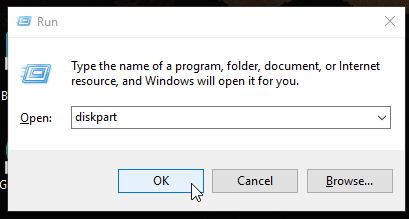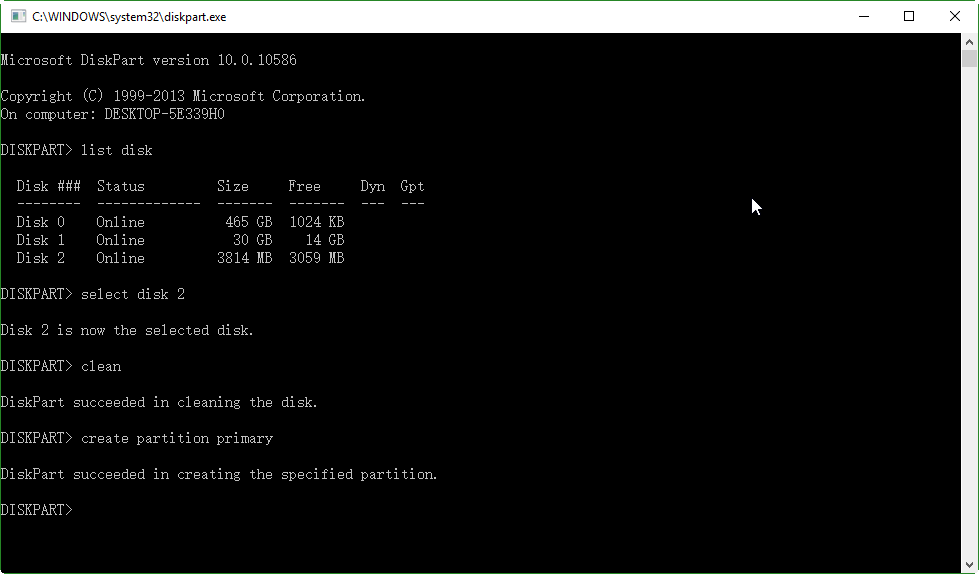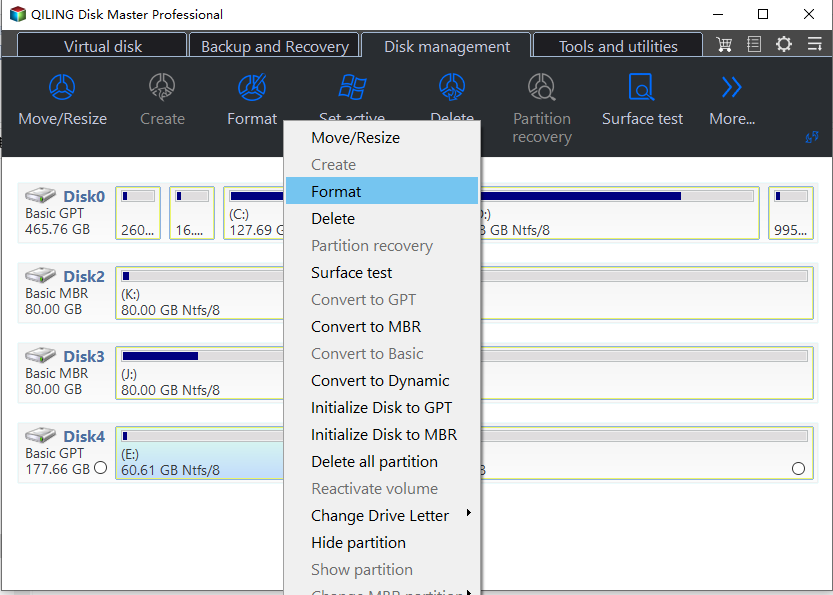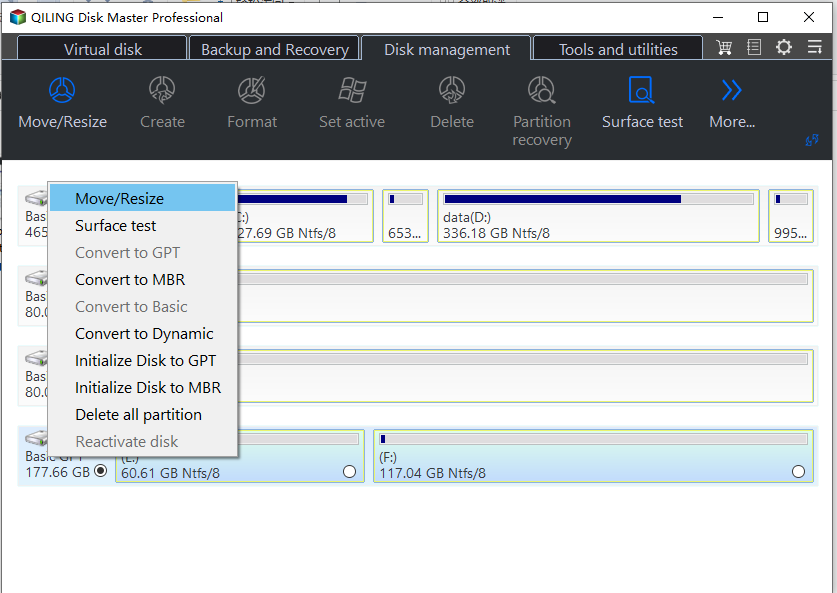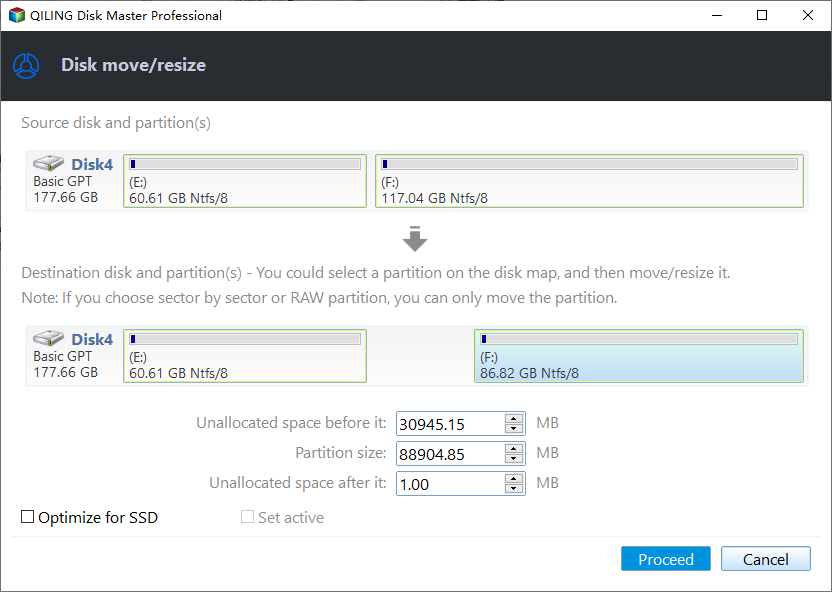How to Recover Unallocated Space on USB Flash Drive?
Why USB drive lose space?
When you plug in your USB drive, you find that much space is lost, leaving only a few megabytes available. Upon opening Disk Management, you see the lost space as unallocated. This often happens after trying to burn a system to the USB drive, which can change the partition system and reduce free space. Alternatively, using third-party software inappropriately or unsuccessful formatting can also cause inaccessible portions, resulting in unallocated space.
How to use the unallocated space?
When your USB drive shows less available space, don't worry, as there are ways to solve the issue. The simplest method is using Disk Management, which can help you reclaim unallocated space. However, if you need to delete system-related files, Disk Management might not be able to assist. In such cases, you can use Diskpart, which can definitely help you recover lost space on your USB drive. Before using Diskpart, make sure to backup your data, as incorrect operations may lead to permanent data loss.
Step 1: Connect the USB drive to your computer, and open Diskpart by typing "diskpart" in the Run dialog or search box, and pressing Enter.
Step 2: Run "list disk" command to display all the online disks with a specific disk number on your computer.
Step 3: Run the command "select disk 2" to select the USB drive, where the disk number is 2.
Step 4: Type "clean" to delete all volumes and partitions on the selected disk, which is the USB drive from here.
Step 5: To create a primary partition on a USB drive, type "create partition primary". If you want to create multiple partitions, specify the partition size using the syntax "create partition primary [size=n]". For example, to create a 3000MB partition, run the command "create partition primary size=3000".
After a little while, Diskpart will succeed in creating a partition. Then you can format unallocated space on your USB drive easily. However, this method involves complete deletion of your USB drive and all operations cannot be canceled or undone, so be extra careful while doing it. Alternatively, you can use a free partition manager with a clear interface to achieve the same result.
How to recover lost space with third party partition software?
Qiling Disk Master Standard edition is a free partition manager software for Windows 10/8/7 that allows users to manage and control the space on their USB drive with a simple and concise interface.
1. Free download this software, install and launch it.
2. To format the existing partition on your USB drive, select it in the main interface, right-click on it, and choose "Format Partition". Then, in the next window, choose the desired file system (NTFS or FAT32) and click "Proceed".
3. To resize the existing partition, right-click on it and select "Resize partition". Then, drag the slider to the end of the disk, ensuring all unallocated space is added to the partition.
4. At this point, you can preview partition status or undo any operations. If no problem, just click Proceed to apply the changes.
Qiling Disk Master quickly recovers unallocated space on USB drives, offers a Quick Partition feature for drives over 16GB, and has a Partition Recovery Wizard to retrieve data from accidentally deleted partitions. It also provides features like converting NTFS to FAT32 without data loss, migrating the OS to an SSD, and making a Windows 11 bootable USB.

